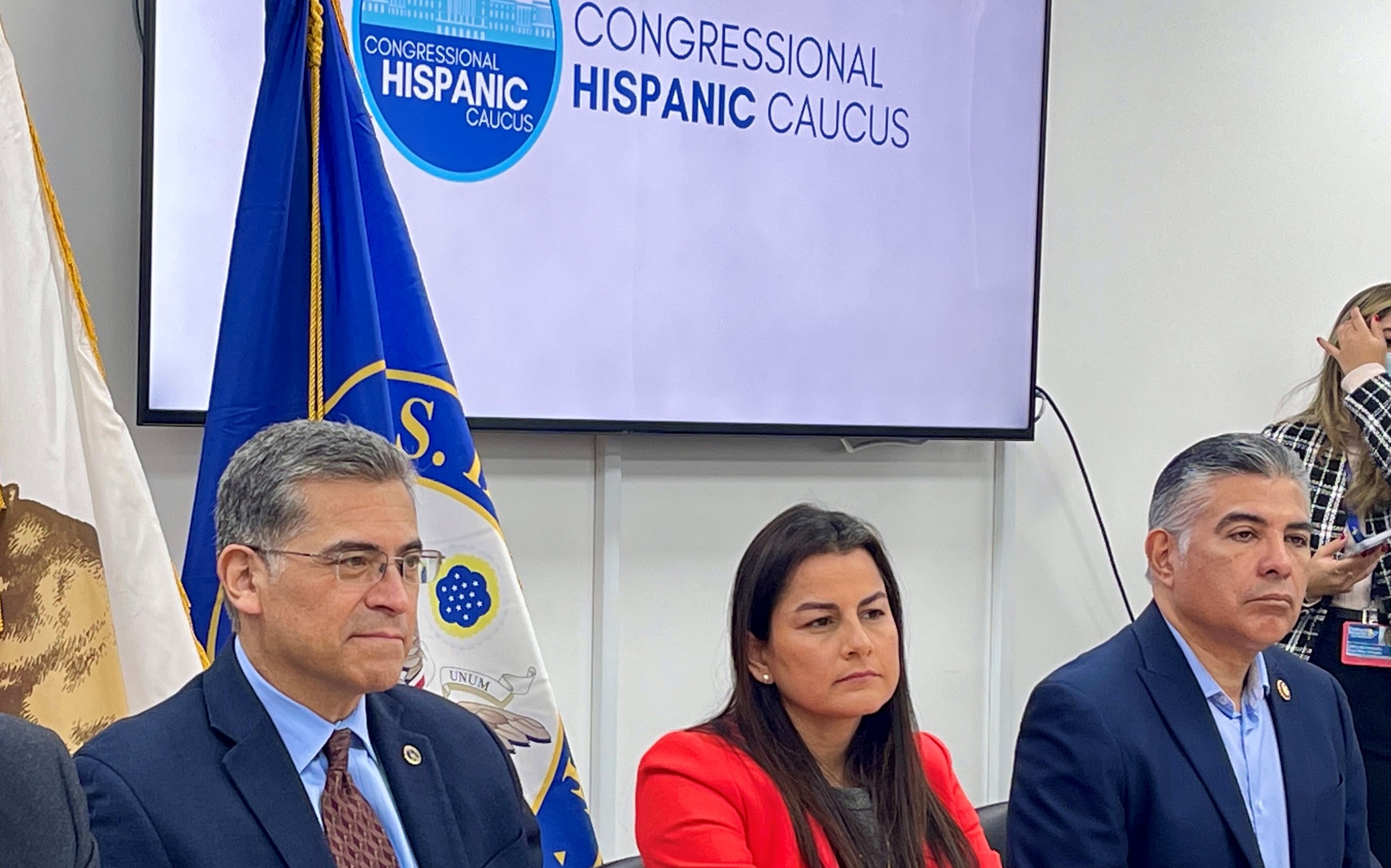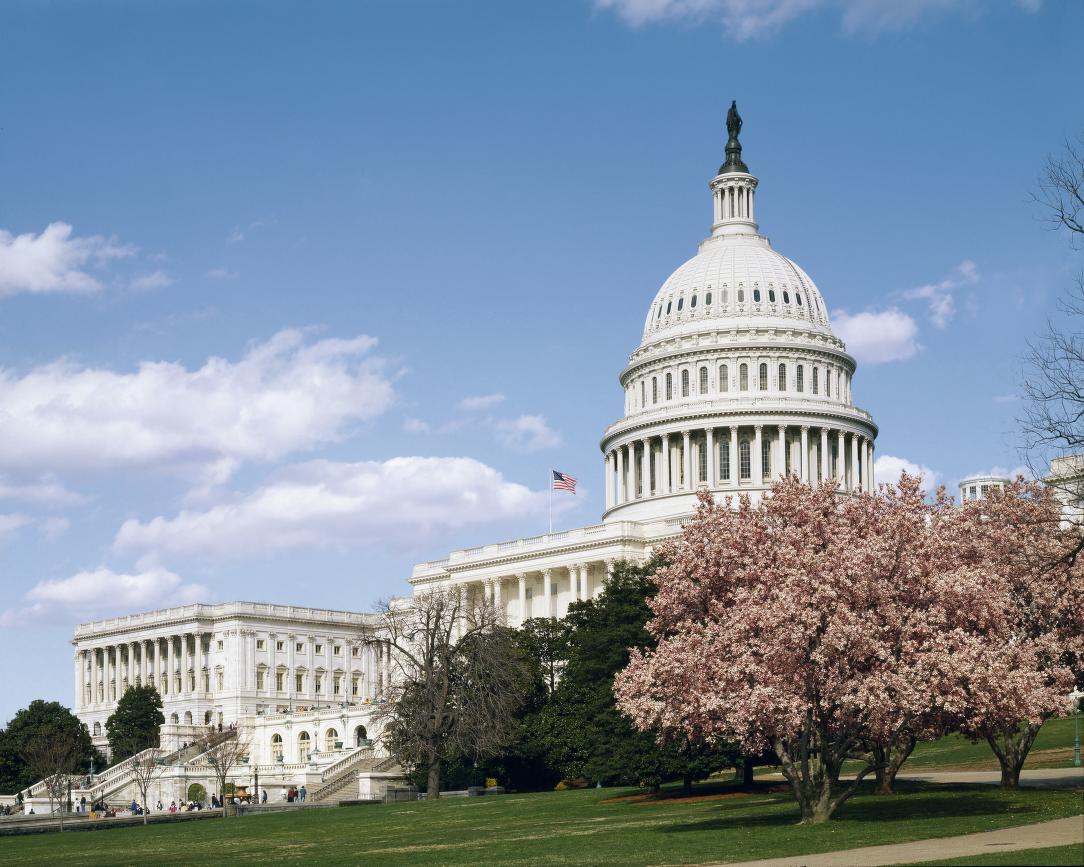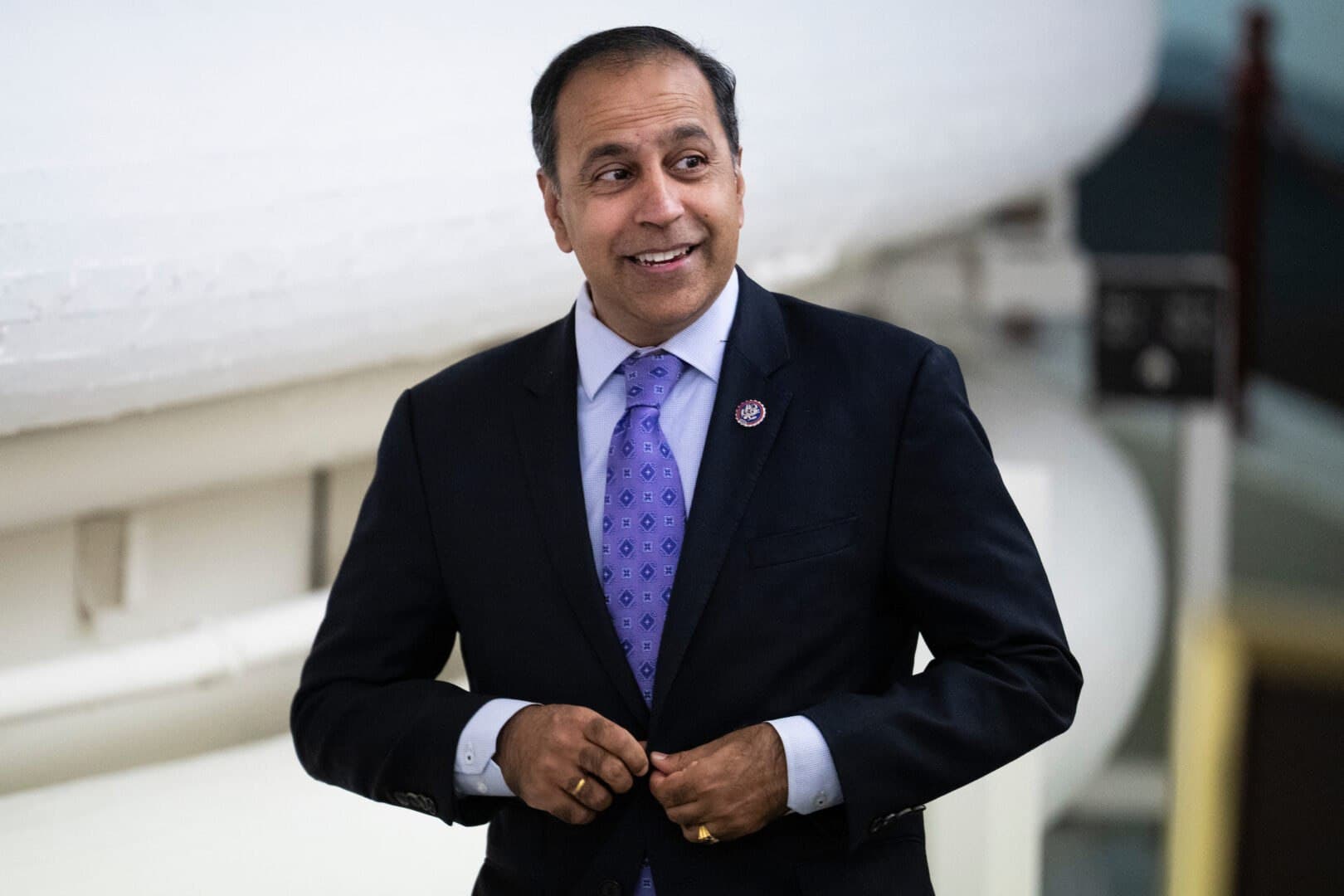Healthcare Costs Spike Dramatically
In 2023, healthcare spending in the United States skyrocketed to an astonishing $4.9 trillion, reflecting a 7.5 percent increase from the previous year, according to CMS. This growth trajectory raises serious questions about the accessibility and equity of healthcare services across the nation, especially for marginalized communities who continue to face systemic barriers.
Insurance Coverage Increases Yet Gaps Widen
While the insured share of the population reached 92.5 percent, as reported by PubMed, this statistic masks the stark reality that those without insurance remain predominantly from low-income backgrounds and racial minorities. The growth in private health insurance enrollment does not translate into improved health outcomes for everyone, particularly for those who rely on Medicaid. As federal support wanes post-COVID-19, enrollment growth in Medicaid has slowed significantly, leaving millions vulnerable.

Congressional Hispanic Caucus, Secretary Becerra Highlight ...
Healthcare Equity Remains an Elusive Goal
The ideological divide in U.S. health policy has never been more pronounced. A liberal perspective on healthcare emphasizes that health is a fundamental right, advocating for a system that prioritizes the needs of the community over profit margins. The liberal philosophy underscores the importance of equitable access to healthcare, yet the current landscape shows a glaring disparity exacerbated by rising costs and stagnant wages. According to PubMed, the liberal approach seeks to balance individual rights with community health needs, but the reality remains that policies often fall short in serving the most vulnerable populations.
Public Health Threatened by Economic Factors
The increased spending in healthcare is alarming, especially when out-of-pocket expenses have surged by 7.2 percent, reaching $505.7 billion in 2023, as indicated by CMS. This represents 10 percent of total national health expenditures. Such financial burdens disproportionately impact low-income families who already struggle to afford basic necessities, let alone healthcare. The implications for public health are dire, as untreated conditions can lead to more severe health crises and increased burdens on emergency services.

U.S. Capitol building, Washington, D.C. | Library of Congress
Healthcare-Associated Infections Continue to Rise
The CDC reports that healthcare-associated infections (HAIs) remain a significant concern, with no signs of abating. As healthcare systems become increasingly strained, the risk of HAIs grows, compounding health disparities faced by marginalized groups. The lack of robust infection control measures in underfunded healthcare facilities amplifies the threat, raising urgent questions about the adequacy of current public health strategies.








![[Video] More videos of ANTIFA activities emerge in Giessen](/_next/image?url=%2Fapi%2Fimage%2Fthumbnails%2Fthumbnail-1764454862523-wtbpg5-thumbnail.jpg&w=3840&q=75)